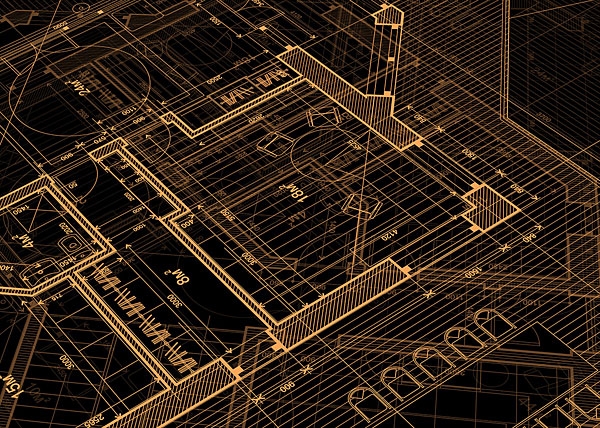| Columns Retired Columns & Blogs |
I know a lot of reviewers they missed a bass note was missing.
One of the reasons I have been happy with the audio systems I've assembled over the years is I have worked to get rid of annoying things to me and stopped. There is no perfection or a real need for it.
A good article, I hope you continue this kind of thought process.










































